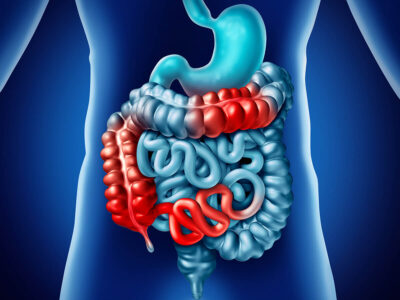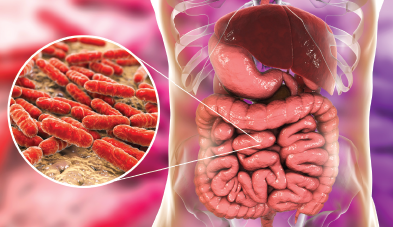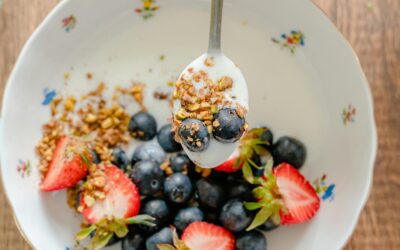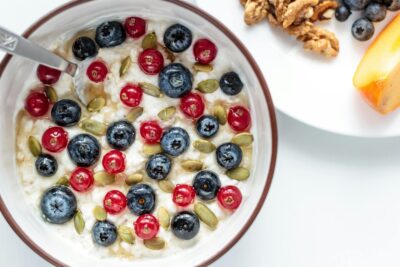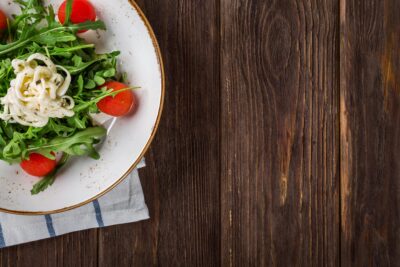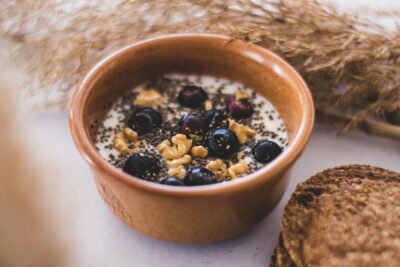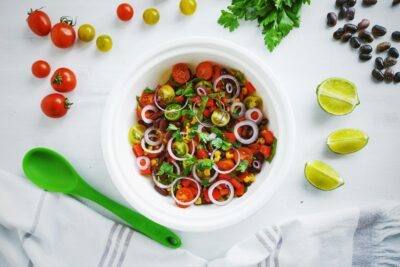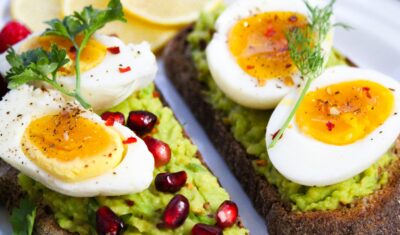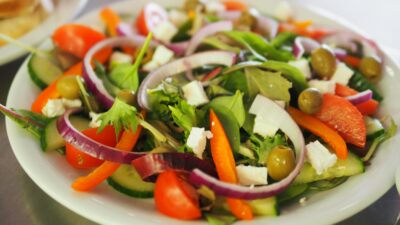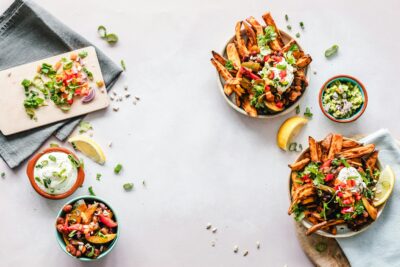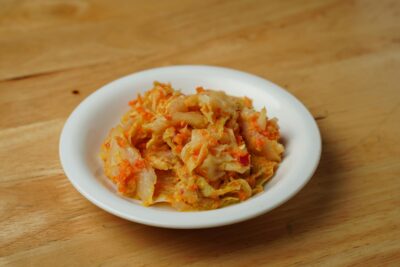Ulcerative colitis, a chronic inflammatory bowel disease, can be managed effectively through a holistic approach that prioritizes gut health. One critical factor in this process is fiber—a gut health superfood that plays a vital role in reducing inflammation and improving digestive function. Below, we’ll explore how fiber impacts ulcerative colitis and the actionable steps you can take to incorporate it into your diet for long-term relief.
Understanding Gut Health and Intestinal Transit Time
The gut is home to over a trillion immune cells, making it a central player in managing inflammation. One often-overlooked factor in gut health is intestinal transit time—the time it takes for food to travel through your digestive system. Ideally, food should pass through the small intestine in four to six hours and the large intestine in about 12 hours, resulting in two to four bowel movements daily.
When food lingers in the gut for longer than 12 hours, it can lead to bacterial overgrowth and inflammation. Certain foods, known as “lingering foods,” such as meats, cheeses, sugars, and processed grains, lack the fiber needed to move efficiently through the digestive system. Incorporating fiber-rich foods helps regulate transit time and fosters the growth of beneficial gut bacteria.
Why Fiber is a Superfood for Ulcerative Colitis
Fiber offers two key benefits for gut health:
- Softening Bowel Movements: Insoluble fiber absorbs water, making stool softer and easier to pass.
- Fostering Good Bacteria: Fiber serves as a prebiotic, promoting the growth of healthy bacteria in the gut while suppressing harmful bacteria.
This dual action makes fiber essential for individuals with ulcerative colitis, as it helps reduce inflammation, alleviate constipation, and improve overall gut function.
High-Fiber Foods to Include in Your Diet
To optimize your fiber intake, aim to consume 40-50 grams of fiber daily. Here are some excellent sources of fiber:
- Vegetables: Broccoli, celery, carrots, kale, and beets.
- Fruits: Dark berries like blackberries, blueberries, and elderberries.
- Legumes: Lentils, beans, and peas.
- Grains: Quinoa and other whole grains.
- Nuts and Seeds: Almonds, pecans, walnuts, and chia seeds.
- Sprouts and Microgreens: High in fiber and phytonutrients.
These foods should make up 75% of your diet to ensure sufficient fiber intake and provide additional nutrients that support gut health.
Tips for Incorporating Fiber into Your Routine
- Gradual Increase: If you’re new to a high-fiber diet, increase your intake gradually to prevent bloating and discomfort.
- Stay Hydrated: Drink plenty of water—around a gallon per day—to support fiber’s effectiveness in softening stool.
- Monitor Your Progress: Keep track of your bowel movements. If you’re not achieving two to four daily, consider adding a natural stool softener, like milk of magnesia, to jumpstart the process.
The Role of Fiber Ratios in Gut Health
Fiber ratios—the balance of fiber to calories—are a critical concept in digestive health. Our ancestors consumed diets rich in fiber, often exceeding 100 grams daily, compared to the 20-28 grams typical in modern diets. The ideal ratio is one gram of fiber for every 20 calories, but a more realistic target for most people is one gram for every 40-50 calories.
Achieving this ratio helps regulate gut bacteria and inflammation, preventing the secondary metabolites produced by harmful bacteria from triggering bloating, weight gain, and increased inflammation.
Practical Steps to Improve Gut Health
In addition to increasing fiber intake, there are other practical ways to support gut health:
- Eliminate Lingering Foods: Reduce consumption of low-fiber foods like processed grains, sugar, and red meat.
- Incorporate Superfoods: Add fiber-rich superfoods like broccoli sprouts and dark berries to your meals.
- Test Intestinal Transit Time: A simple at-home method is eating beets and tracking how long it takes for your stool to turn red—ideally within 12-24 hours.
Taking Control of Your Health
Ulcerative colitis symptoms can significantly improve by focusing on gut health and incorporating fiber into your daily routine. For personalized guidance and support, schedule a discovery call with Dr. Chanu Dasari at MGI Clinics. Our Case Studies page features stories of patients who have successfully managed their conditions through the Mind-Gut-Immunity Method. With the right strategies, you can take control of your health and find lasting relief from ulcerative colitis.
Start Your Journey to Better Health Today
Discover the transformative power of the Mind-Gut-Immunity Method! Over the past decade, Dr. Dasari has helped countless clients reduce inflammation and find relief from autoimmune issues, often in just 3-6 weeks. Now, you can start your journey to better health with our free training. Click the link below, choose your condition, and learn how our proven approach can help you feel better fast.
About the Author
Dr. Chanu Dasari, a distinguished clinician with a career spanning renowned institutions like Vanderbilt University, Oxford University, and the University of California, has made significant contributions to medical research and practice. His work, published in top peer-reviewed scientific journals and adopted by the US Department of Health, highlights his commitment to advancing healthcare. Dr. Dasari is board-certified by the American Board of Medical Specialties and the American College of Surgeons, with a specialization in hernia repair, gallbladder removal, cysts, digestive disease, and cancer. As the founder of the Mind-Gut-Immunity Clinic, he draws from personal experience with autoimmune and digestive dysfunction to lead a team dedicated to patient-centered care using evidence-based protocols.

